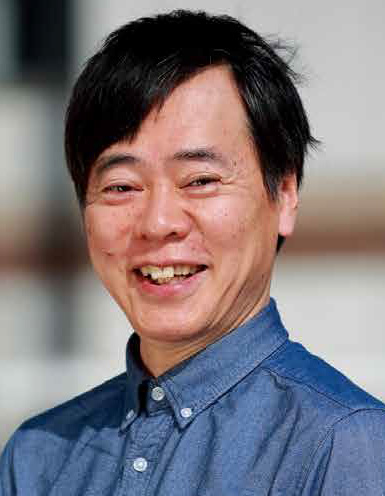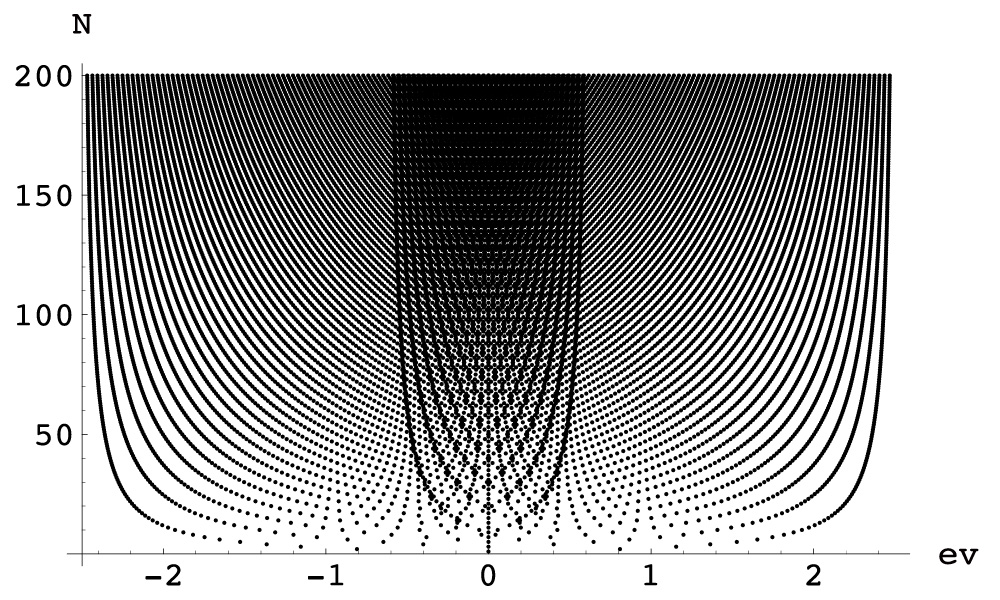Algebraic Analysis: A Crossroad of Mathematics

OCHIAI, Hiroyuki
Degree: PhD (Mathematical Science) (the University of Tokyo)
Research interests: Algebraic Analysis

I’m working on mathematics, in particular, algebraic analysis. We know that most of sciences are talked in mathematical languages, experiences are often stated and examined as a formula, and complicated systems are understood as an abstract model. Algebraic analysis gives an abstract/categorical understanding of a non-commutative object/phenomenon arising in a various field. What is “non-commutativity” ? A daily example of noncommutative actions is to wear socks and to wear shoes, as the order of the actions does affect the results. At the contrary, to wear socks and to wear pants are commutative. Non-commutativity is also a source of a fun of games. For example, if the operations of Rubik’s Cube would be commutative, then it

might not be so fun and so deep. An example of noncommutativity from physics will be the Heisenberg canonical commutation relation (CCR), which is one of the characteristics of quantum mechanics. CCR is also understood in mathematics, located at the intersection of several branches of mathematics such as differential operators in analysis and Lie algebras in geometry. Representation theory serves a systematic treatment of non-commutativity, or symmetry in general, by using groups and algebras. Symmetry is technically a key to solve a complicated system, and is philosophically related with a beauty in nature.

In 1980’s, Kazhdan-Lusztig conjecture was solved by using the algebraic analysis, to be more specific, the localization of a Lie algebra by differential operators on the flag manifold. In a word, a rather complicated part of representation theory of non-compact semisimple Lie groups, an example of which is Lorentz group, turns out to have a relation with the geometry of orbits on the flag manifold. I am interested in and working on both non-commutative objects called modules and geometric objects such as orbits on homogeneous spaces and their cotangent bundles. On one hand, the category of D-modules and the operations on this category has close relation with a part of theory of special functions such as a hypergeometric function and its generalization; this is my favorite. On the other hand, the orbit decomposition on homogeneous spaces, as Bruhat decomposition is a classical example, is a source of combinatorics, which is a hard and non-trivial finite mathematics, and gives a basic example of geometry and topology, such as resolution of singularities. These two are at the same point in my mind. I am also interested in special functions arising in number theory and probability theory. I like to find the structure of unorganized data, or objects, and like to introduce a bridge between the branches of mathematics and a new viewpoint. This will help to contribute to the work at the institute of math-for- industry.



